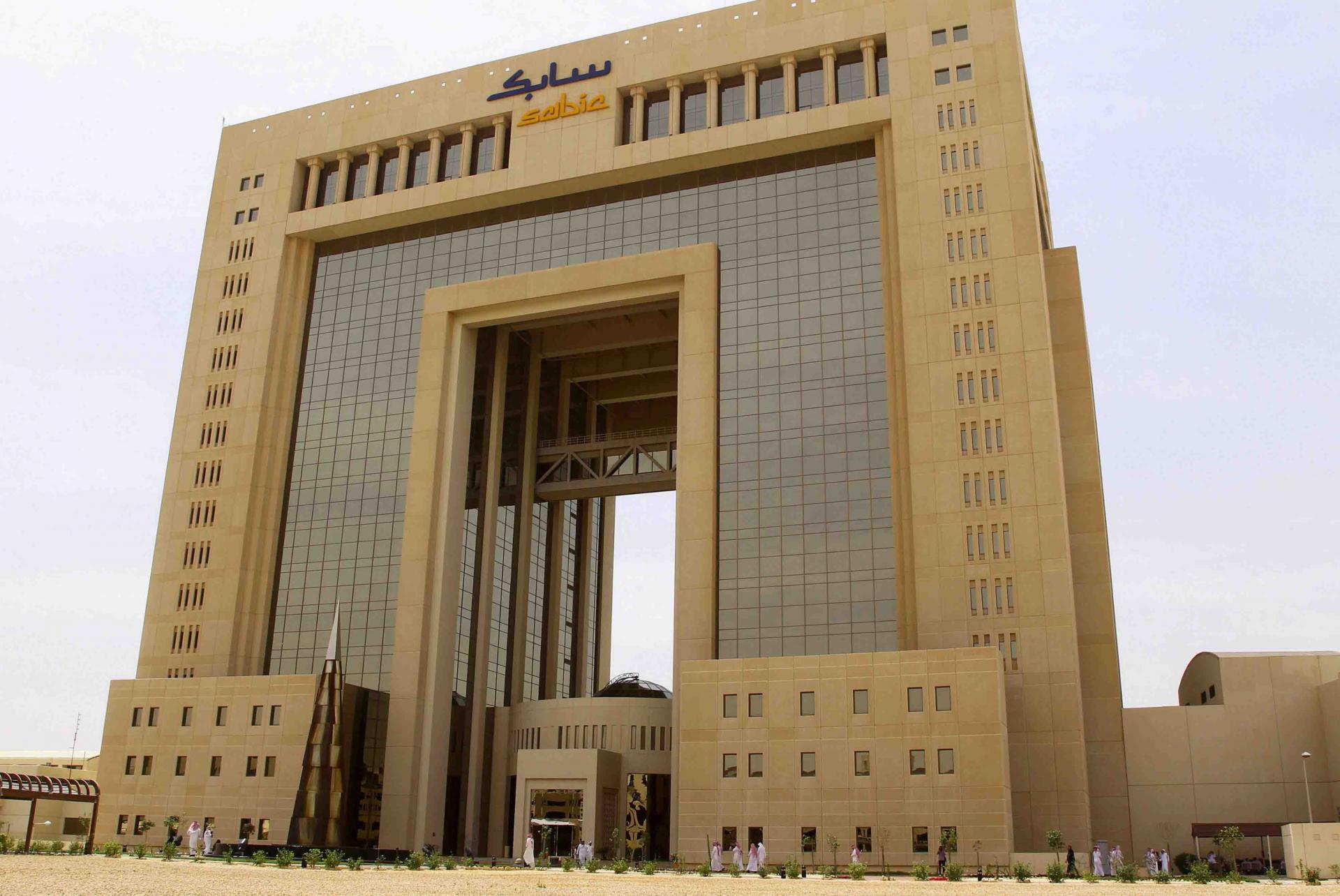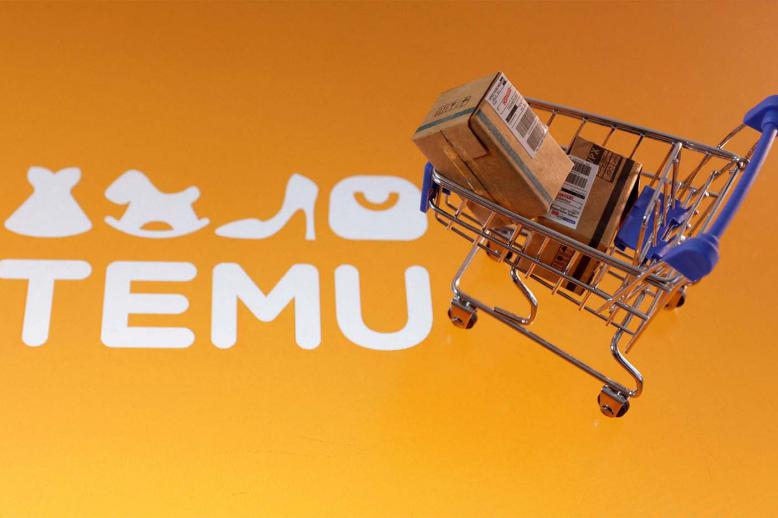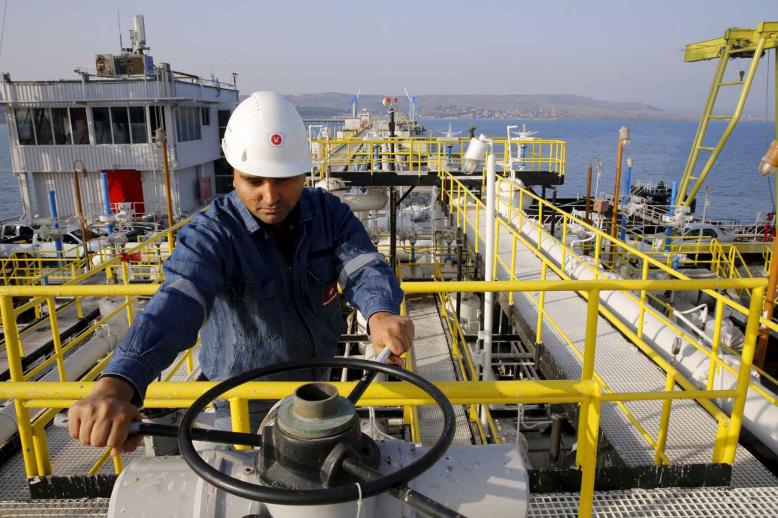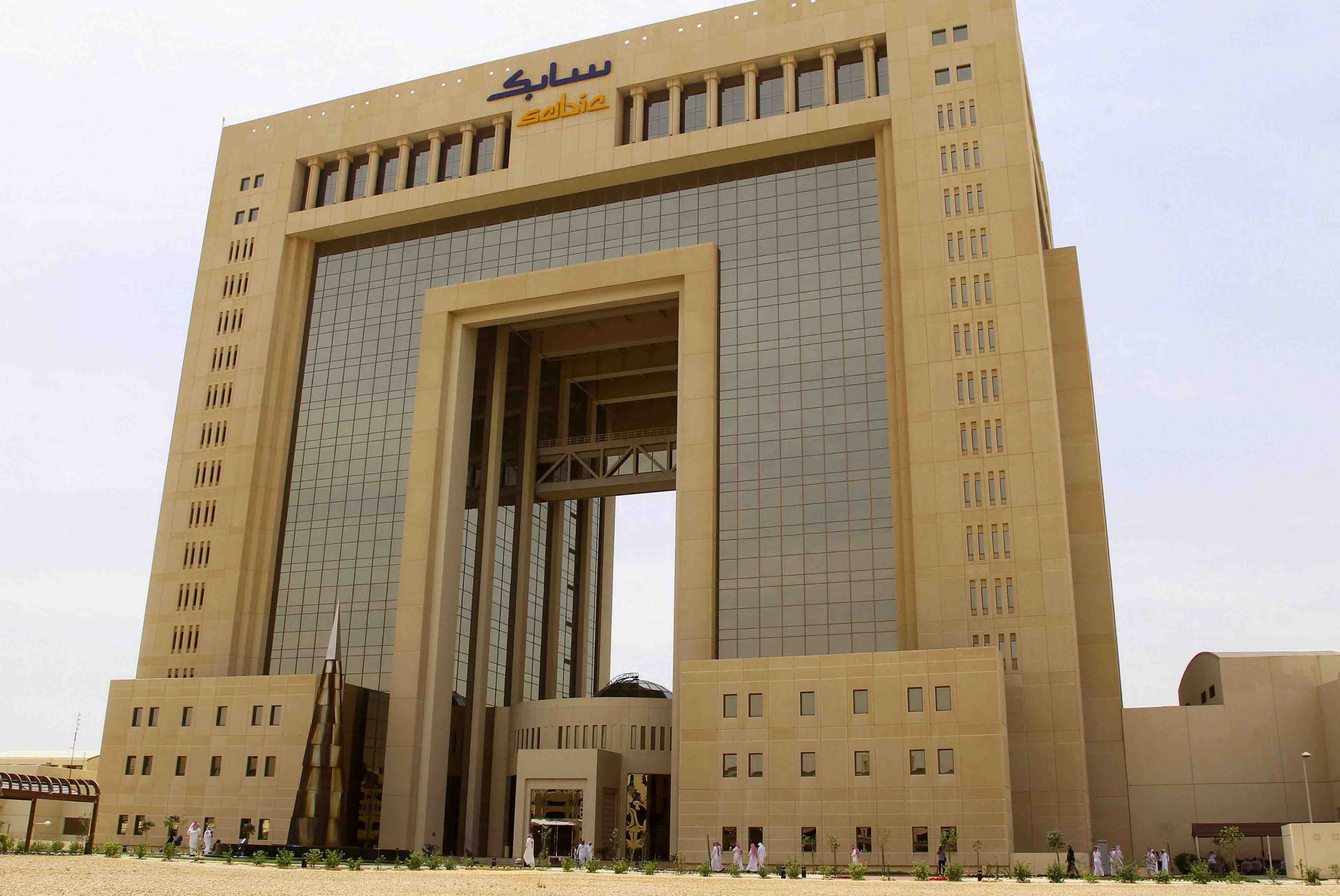Does Saudi Aramco’s SABIC deal open path to IPO?
RIYADH - Saudi Aramco’s announcement that it was acquiring a majority stake in petrochemical giant Saudi Basic Industries Corporation from the kingdom’s sovereign wealth fund is seemingly moving the Saudi state oil and gas conglomerate closer to its much-anticipated initial public offering.
Shortly after Saudi Aramco said on March 27 that it would pay $69.1 billion to the Public Investment Fund (PIF) for a 70% stake in the Saudi Basic Industries Corporation (SABIC) reports stated that Saudi Aramco was deemed the most profitable company in the world in 2018.
That recognition bolsters the Saudi state energy firm’s corporate profile as it eyes a limited public sale, most recently slated for 2021. The road to the initial public offering (IPO) the last three years has been bumpy and the government could decide that the proceeds from Saudi Aramco’s purchase of majority SABIC shares is sufficient to forego or further delay the offering or Saudi Aramco could spin off the petrochemicals business formed by the SABIC deal and offer that to investors instead.
Saudi Aramco announced in August that it had begun preliminary talks regarding the purchase of the SABIC shares from the PIF, which has become the kingdom’s investment vehicle for Saudi Vision 2030. A reportedly reluctant Saudi Aramco had been pressured by Saudi King Salman bin Abdulaziz Al Saud’s government to proceed with the SABIC purchase — effectively an assets swap between the two state firms — to give a quick cash infusion to the PIF.
The official position has been that merging the two firms’ petrochemical businesses would transform Saudi Aramco into a fully integrated energy firm, increasing its corporate value ahead of the anticipated floating of up to 5% of the company.
SABIC CEO Yousef al-Benyan was careful, however, to explain that SABIC would continue to be a standalone legal entity because 30% of the company’s shares are held by other investors. He said SABIC would be “the future chemical arm of Aramco” and it would likely integrate appropriate Saudi Aramco chemicals assets into SABIC’s operations.
This leaves the door open to that enhanced Saudi Aramco subsidiary being wholly or partially privatised down the line.
SABIC is Saudi Arabia’s largest publicly listed company; 30% of the firm’s shares are traded on the Saudi stock exchange. Saudi Aramco reportedly balked at the $70 billion price tag that the government wanted it to pay for 70% of SABIC shares held by the PIF, with perhaps a slight compromise reached with the final $69.1 billion purchase price.
King Salman’s government has repeatedly suggested that, based on a presumed $2 trillion valuation of the company, the Saudi Aramco IPO could generate as much as $100 billion for the PIF to use for domestic and foreign investments. However, the Saudi government’s valuation of Saudi Aramco has been perceived in financial communities as inflated, with speculation of a realistic valuation at $1.2 trillion-$1.5 trillion.
The PIF could use the financial shot in the arm from the SABIC sale because the fund has been making high-profile and expensive investments the last several years. These include a $45 billion contribution to creating the high-tech Vision Fund with Japan’s SoftBank, a $3.5 billion stake in Uber, a 5% stake in Tesla, a $1 billion investment in Tesla rival Lucid Motors and a pledge of $20 billion to a Blackstone infrastructure investment fund. The PIF wants to boost its assets of $224 billion to $400 billion by 2020 and to as much as $2 trillion by 2030.
Saudi Aramco is expected to issue a $10 billion global bond that would partly fund the SABIC acquisition. The Saudi state energy giant will primarily use its own cash to pay for the deal, with half of the payment due to the PIF when the deal closes and the remaining payments staggered until 2021.
It is thanks to the prospectus that Saudi Aramco prepared for its first global bond that financial institutions could determine the Saudi state firm’s position as the world’s most profitable company for last year. Saudi Aramco reported that its earnings in 2018 before interest, tax, depreciation and amortisation totalled $224 billion and that it netted a $111.1 billion profit. It achieved that despite paying $102 billion in taxes to the Saudi government.
Based on the released financial results, leading credit rating agencies Moody’s Investor Service and Fitch Ratings gave Saudi Aramco ratings of A1 and A+, respectively, but both agencies said the rankings could have been even higher if the firm was not constrained by Saudi Arabia’s sovereign ratings.
Noted Fitch: “This reflects the influence the state exerts on the company through taxation and dividends, as well as regulating the level of production in line with its OPEC commitments.”







